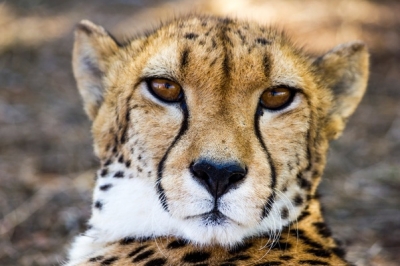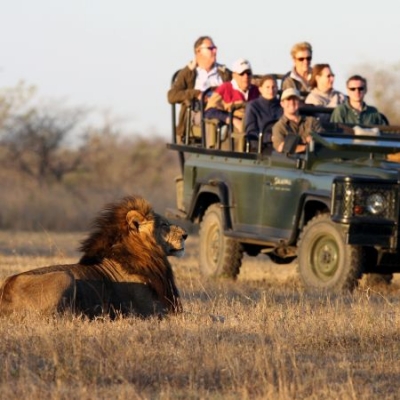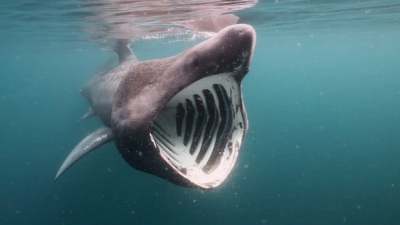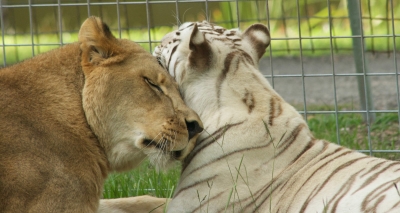Which are the diseases that wipe out wildlife?
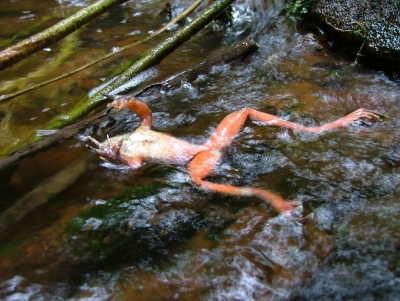
Chytridiomycosis
Chytridiomycosis is an infectious disease that affects amphibians worldwide. It is caused by the chytrid fungus (Batrachochytrium dendrobatidis), leading to deaths in frogs, toads and salamanders. A report released in 2019 revealed that it has caused declines in at least 501 frog and salamander species in the last 50 years.
Of these, some 90 species are presumably extinct in the wild and 124 are suffering serve declines due to the disease, the report said. In many species, the fungus is the main factor in the deaths, but in others, it’s a combination of the disease and other factors such as habitat loss, climate change and predation from invasive species.
Chytrid fungi that infect vertebrate species live in water or soil. They reproduce asexually and have spores that swim in the water. Amphibians contract the disease when their skin comes in contact with water containing spores or with other affected amphibians. The fungus affects their skin, making it difficult for them to breathe (amphibians use their skin for respiration). The fungus also damages the nervous system, affecting their behaviour. It doesn’t kill the amphibians immediately, which increases the odds of the pathogen spreading rapidly.
The disease is thought to have spread around the world via the pet and meat trade.
Chytridiomycosis has affected amphibian populations in more than 60 countries, with the largest die-offs in Australia, Central America and South America.
Devil Facial Tumour Disease
The Tasmanian devil, a marsupial native of Australia, has suffered a dramatic population decline due to Devil Facial Turmour Disease (DFTD). First discovered in northeastern Tasmania in 1996, the disease has since spread across 95% of the species’ range. Up to 90% of their populations have been wiped out.
The disease is spread through biting during fighting or mating. It spreads particularly when canine teeth come into contact with the diseased cells. The rough cells then settle down in their new host, developing into tumours on face, neck and other parts of the body. The devils soon find it difficult to eat and drink, and usually die from starvation and dehydration. The cancer also affects other bodily functions such as respiration and blood circulation. An infected devil dies within six months. According to some predictions, DFTD could wipe out wild Tasmanian devils in less than 40 years.
White-Nose Syndrome
White-Nose Syndrome (WNS) is a fungal disease that has killed over six million bats in North America in over a decade. Caused by the fungus Pseudogymnoascus destructans, or Pd, the disease has spread to 33 U.S. States and seven Canadian provinces. Some populations have declined by more than 90 % within five years of the disease reaching a site. As of 2017, 15 bat species have been affected by WNS.
The fungus infects the skin on the nose, mouth,ears and wings of hibernating bats. The fungus thrives in cold and humid environments such as caves and mines used by bats. Bats can catch the fungus from physical contact with infected bats. The signs observed in bats with WNS include unusual winter behaviour-they experience frequent arousal from sleep and instead of continuing with the hibernation, the bats fly far out of their caves, even in daylight. As a result they quickly drain their fat reserves, and starve to death, Infected bats also show evidence of blood acidification and dehydration.
Sea Star Wasting Syndrome
Sea Star Wasting Syndrome (SSWS) has been linked to the mass die-offs of starfish and several other echinoderms (such as sea urchins, sand dollars and sea cucumbers) since 2013 in the Pacific waters from Mexico to Alaska. In 2014, it was suggested that the disease is caused by densovirus; but subsequent work revealed that an association between a viral pathogen and SSWS was unlikely.
The symptoms begin with white lesions on their limbs, decay of tissue surrounding the lesions and loss of limbs. The sea star would eventually turn into a mushy blob and die. Forty species of sea stars have been affected by this disease.
Research has shown that warming ocean temperatures could play a role in exacerbating the disease. But the actual causative agent for SSWS remains elusive.
Hemorrhagic Septicemia
One day in May 2015, a handful of saiga antelops were found dead in the steppe of Kazakhstan. The next day saw more deaths. Within three weeks, some 2,00,000 – 62% of the world’s population – were dead. This alarmed the scientists from across the globe as the species was already critically endangered in Central Asia. The reported symptoms were foaming at the mouth, diarrhoea and bloating. Initial research revealed it could be due to a disease. A 2018 report confirmed that the killar was a bacterium, Pasteurella multocida, that normally lives in the antelopes’ tonsils without causing any problems. It also revealed that unusually warm, moist weather may have triggered the overgrowth of the bacteria, which subsequently found its way into the antelopes’ tissues and bloodstream, causing haemorrhagic septicaemia or fatal blood poisoning. Researchers say there is a high chance of the same thing happening again, given the climate change predictions for the region.
Similar die-offs were reported in 2010 and 1988. They were also linked to Pasteurella multocida. Today, roughly 50,000 saigas are thought to remain in the wild, according to the World Wildlife Fund.
Picture Credit : Google
